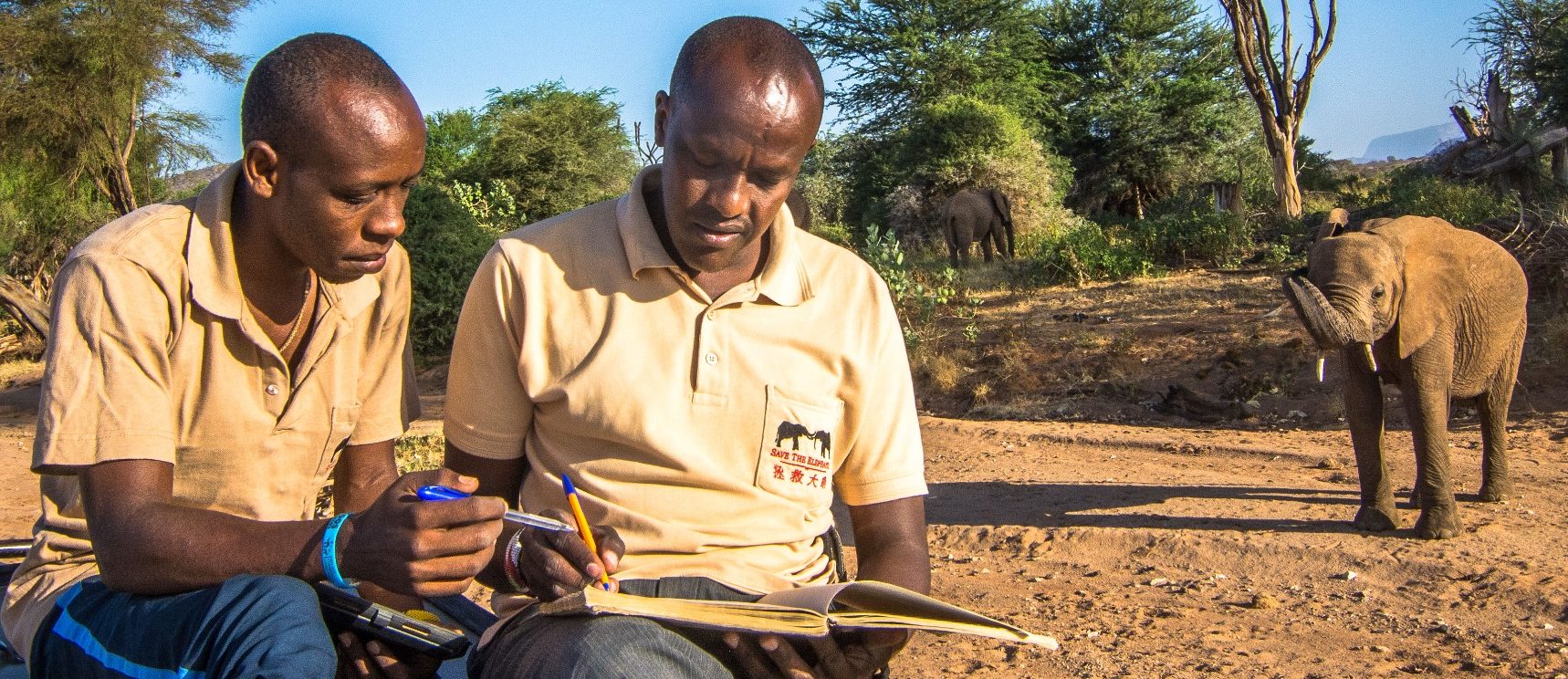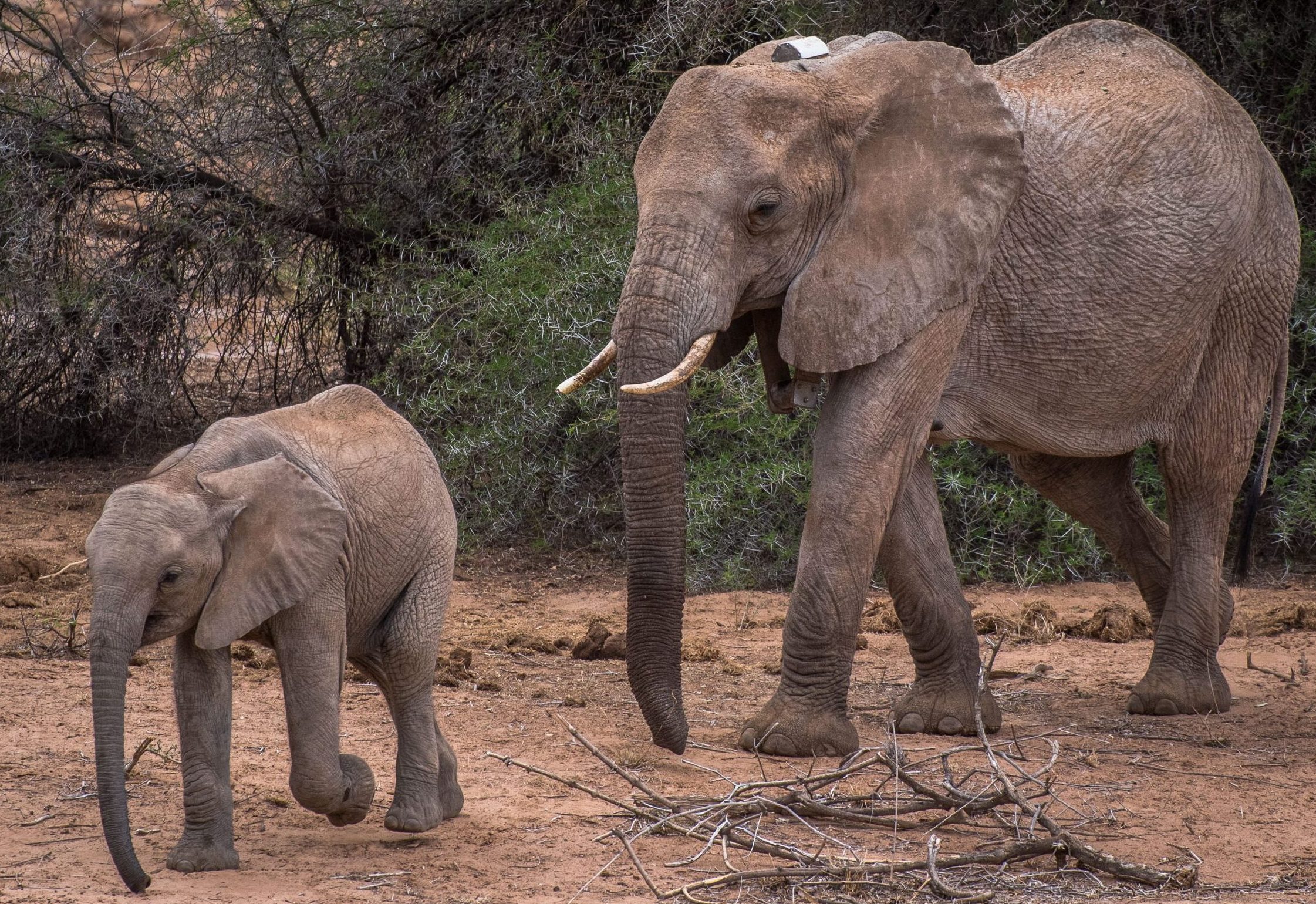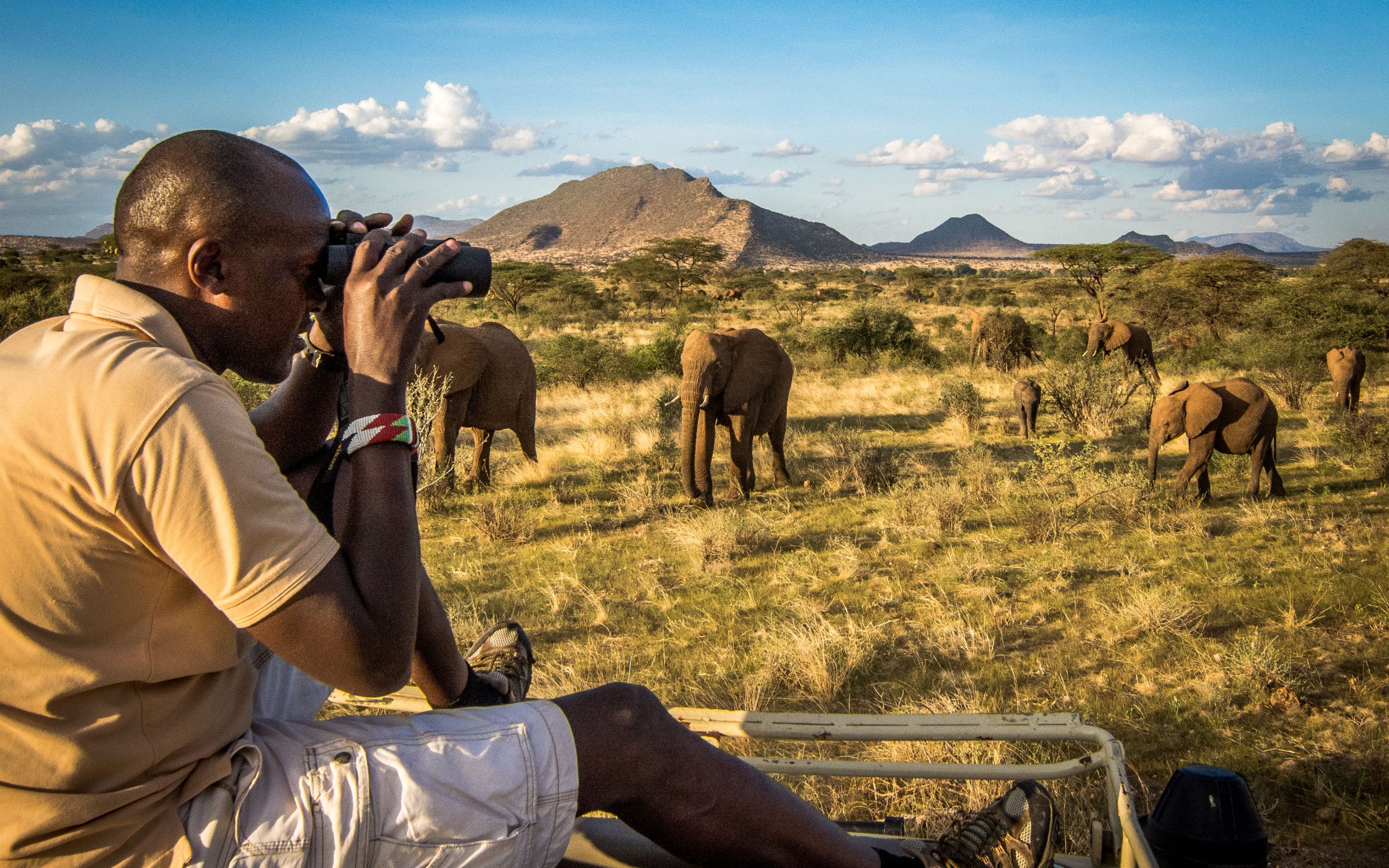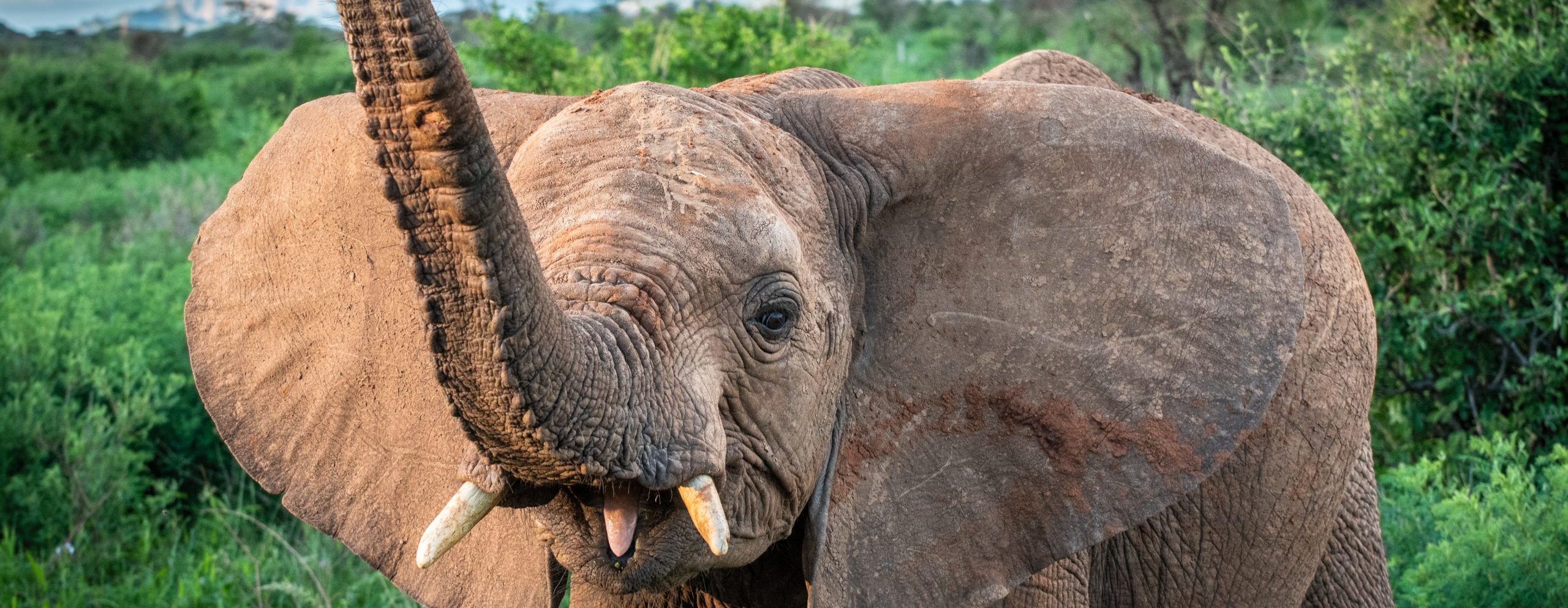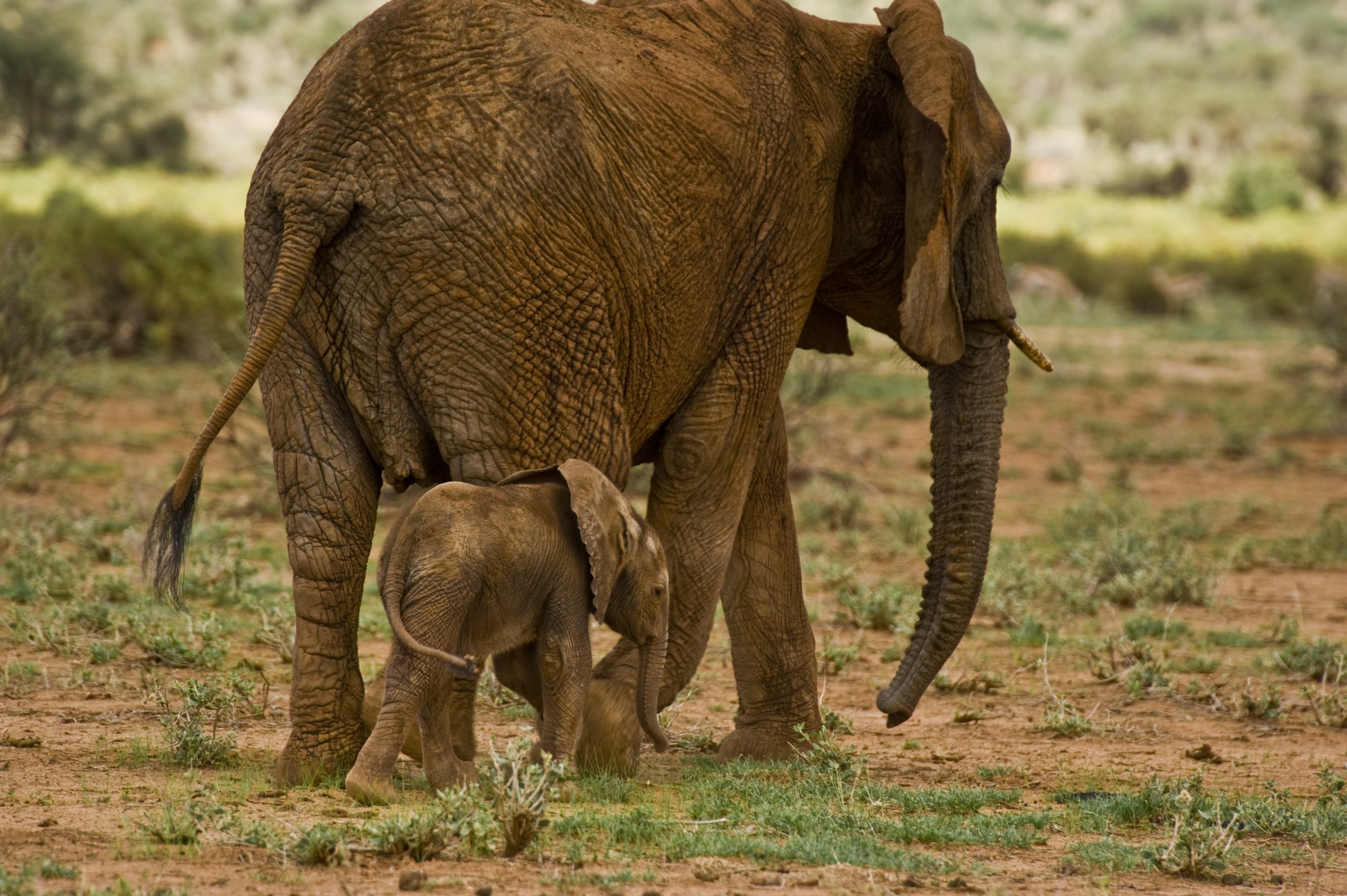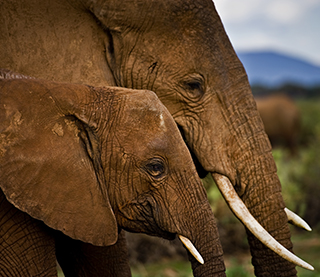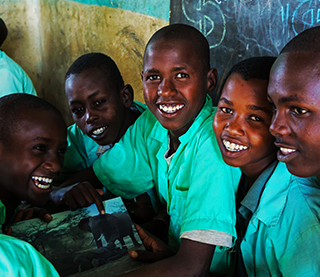The Samburu Elephant Project is the longest running study of its kind in the region.Combining individual recognition of elephants with real time monitoring of collared elephants, along with an on-going body count within the Monitoring the Illegal Killing of Elephants program, this project has given us intimate inside into a population of elephants we have come to know intimately over 15 years of study.
Save the Elephants is a pioneer in tracking, designing and testing the first ever elephant collars. Over time, using improved technology STE can now map the routes of dozens of elephants, giving us new insights into elephant habits: how far they travel in search of mates, food and safety. The Tracking project also feeds into other important pillars, such as anti-poaching where tracking is used to nab poachers, as well as keep troops close to vulnerable groups. Crop raiding elephants are also collared, and geo-fencing helps turn invisible fences into psychological barriers, habituating elephants to remain within corridors and not stray into farmlands.

© Frank af Petersens
Beyond elephant choices, understanding behaviour, family ties and interactions is also imperative. Having studied over 900 elephants, families have been classified into sporadics, residents and migrants. This helps us keep tabs on their movements even without real-time collaring. We also get to watch and document their habits singling out how they act when they feel safe, angry, protective and so on.

© Frank af Petersens
Over the more than a decade of study, Samburu has moved from a relatively safe zone to a poaching hotspot. This gives us a unique opportunity to study the changes in this now disturbed population. The loss of leadership is a major study as larger tusked elephants have suffered most as the poaching has surged. So far, we know and have published that after 15 years, females now outnumber males 2:1. Many families have experienced disruption, and loose elephants with no family are now more common than ever before. Our orphan project will collar and study these elephants, the long term effects of poaching, seeing if experience level affects survival of those left behind.


